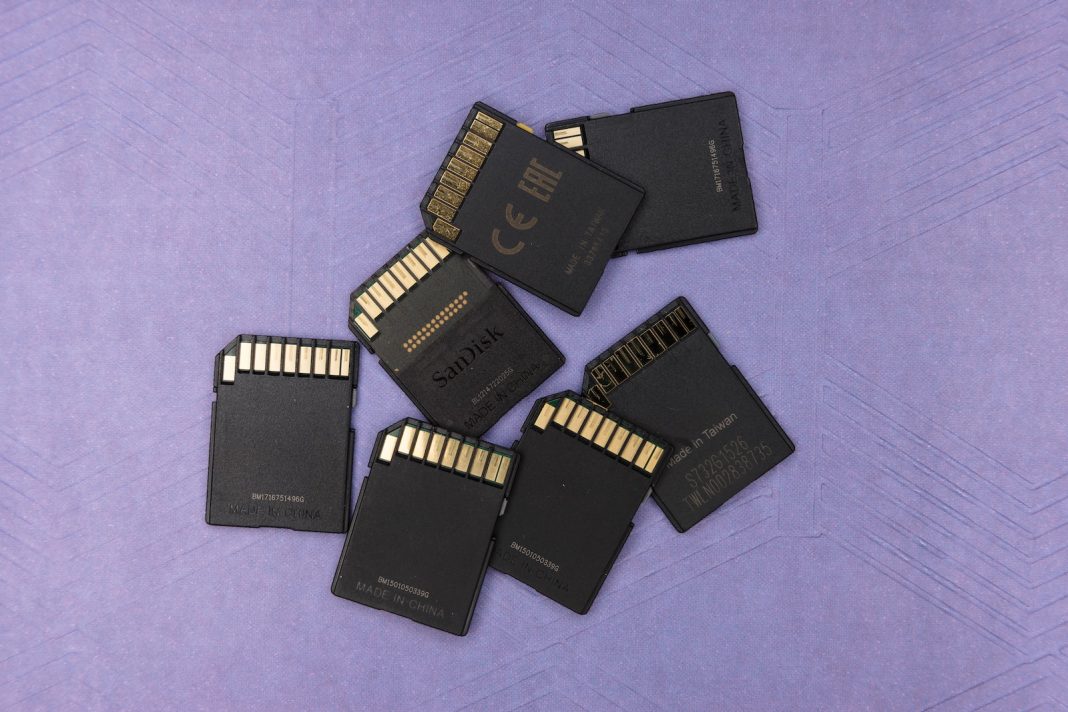In the ever-evolving landscape of smartphone technology, the little thumbnail-sized card we’ve come to know as the SIM card has undergone a significant transformation. Enter the era of eSIM, an embedded SIM card that’s changing the way we connect to cellular networks. If you’ve recently acquired a cutting-edge device like the iPhone 15, you’re likely already acquainted with this innovative technology.
Understanding eSIM Technology
The “e” in eSIM stands for “embedded,” reflecting the fact that this SIM card is an integral part of your smartphone and cannot be physically removed. While traditional SIM cards serve the same purpose, the eSIM takes it a step further by being programmable and soldered directly to your smartphone’s motherboard.
Initially, the idea of a non-removable SIM card might seem restrictive, especially for avid travellers who are accustomed to swapping out SIM cards for local coverage. However, eSIM technology brings forth a streamlined approach to switching carriers. Instead of waiting for a physical SIM card to arrive in the mail or visiting a store, you can make the switch directly on your phone. Configuration is a breeze – often involving nothing more than scanning a QR code with your smartphone’s camera. For dual-SIM users, managing multiple accounts becomes exceptionally convenient.
While the adoption of eSIM technology has been a game-changer, it’s not without its challenges. Some carriers have been slower to embrace this seamless transition, requiring users to still go through the traditional process of obtaining codes. However, the industry is rapidly catching up, ensuring that the full potential of eSIM technology is realized.
Another significant advantage of eSIM technology lies in its impact on device design. By eliminating the need for a physical SIM tray, manufacturers can create more compact devices, allowing for thinner designs and larger batteries. Additionally, the absence of an external slot enhances water resistance, mitigating the risk of moisture seeping into the device.
eSIM in Action: Devices and Manufacturers
Today, all major smartphone manufacturers have integrated eSIM technology into their devices. Whether you’re using an Apple iPhone, a Samsung Galaxy, a Google Pixel, or a flagship Motorola phone, chances are your device features eSIM functionality. This extends beyond smartphones, with tablets and watches, including Apple Watches and iPads, embracing the convenience of eSIM technology.
Apple, in particular, has taken a bold step by eliminating the physical SIM card slot entirely from the U.S. models of the iPhone 14 line up. Users in the U.S. now exclusively rely on eSIM for carrier activation. However, in most other countries, the iPhone 14 still retains two eSIM cards and one physical SIM card slot, maintaining compatibility with dual-SIM functionality.
It’s worth noting that in China, iPhones have taken a different approach, featuring two physical SIM card slots instead of eSIM. This practice has continued since the debut of the iPhone XS/XR in the Chinese market.
For users who value the flexibility of having a physical SIM card slot, particularly for cross-border activities, a consideration arises. While all North American iPhone models support the same 4G/LTE and low-band 5G frequencies, only U.S. models support the mmWave 5G used for the fastest portions of Verizon’s 5G Ultra Wideband and AT&T’s 5G Plus coverage.
When Can You Embrace eSIM Technology?
Chances are, if you’ve purchased a mobile device in the past few years, it already incorporates eSIM technology. This extends beyond smartphones to include laptops with cellular connectivity, such as the Surface Pro X and various models from Acer, Asus, Dell, HP, Lenovo, and Samsung. While SIM cards are still present in some laptop designs, the trend is leaning towards eSIM technology.
As eSIM becomes more prevalent, the need for a physical SIM card tray diminishes. The advantages of eSIM are evident, particularly when it comes to managing your connectivity. For dual-SIM users, transferring information from a physical SIM to an eSIM is often a seamless process, facilitated by tools provided by iOS and Android.
While international travel might prompt concerns about eSIM compatibility, many carriers worldwide support this technology. The simplicity of scanning a QR code far outweighs the challenges of handling a physical SIM card, especially in the midst of a bustling airport.
Frequently Asked Questions
What is an eSIM, and how does it work? An eSIM, or embedded SIM, is a non-removable SIM card embedded within your phone. It serves the same purpose as a physical SIM, connecting you to your carrier’s cell phone network and plan.
What is the disadvantage of eSIM? The apparent disadvantage of eSIM technology is the inability to physically remove it for quick SIM card swaps, especially while traveling. However, in practice, eSIM makes switching carriers easier, involving a simple QR code scan rather than a delicate SIM card replacement.
Why would someone use an eSIM? The primary reason for using an eSIM is the convenience it offers in switching between carriers. Instead of dealing with physical SIM cards, the process is simplified to scanning a QR code on your phone, handling all carrier, data, or plan switches through software.


